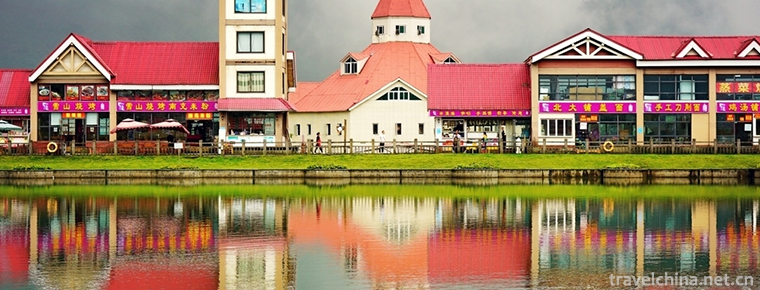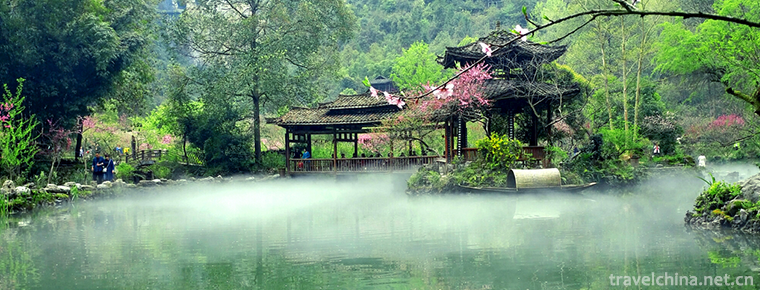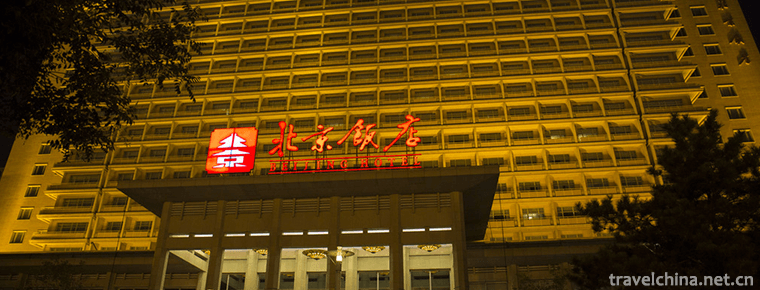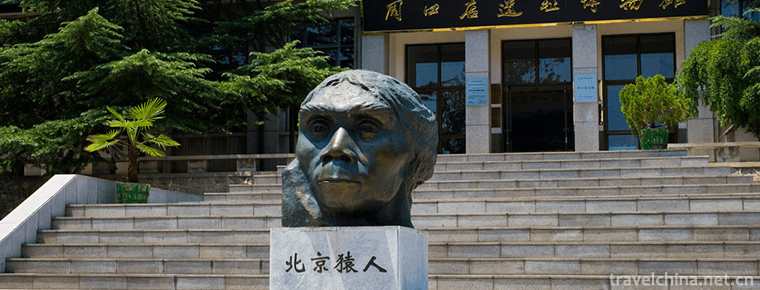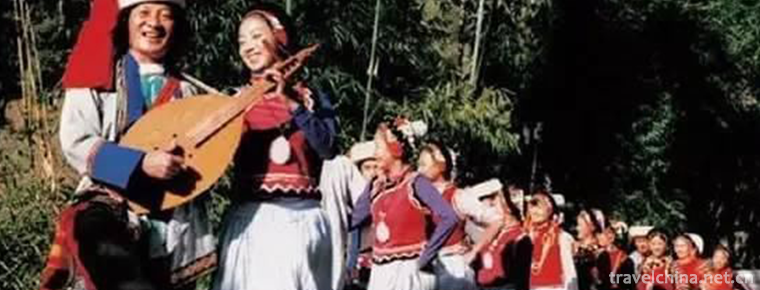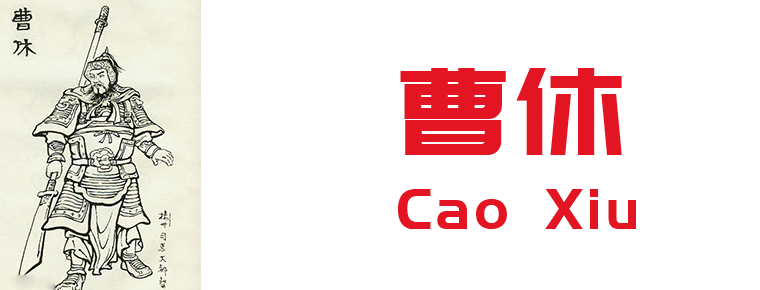Flower Huaer
Flower Huaer
"Huaer" is a folk song created and shared by Han, Hui, Tibetan, Dongxiang, Baoan, Sarah, Tu, Yugu and Mongolian nationalities in Gansu, Qinghai and Ningxia provinces in Northwest China. is named for the metaphor of women as flowers in the lyrics. It sings in Chinese and is influenced by the traditional music of the Qiang, Tibetan, Han, Tu and Muslim nationalities. "Huaer" originated in the early Ming Dynasty (around 1368 A.D.).
On May 20, 2006, Huaer was approved by the State Council to be listed in the first batch of intangible cultural heritage at the national level in China.
In December 2018, the Ministry of Education recognized the Northwest Huaer Heritage Base of Lanzhou University as the first batch of excellent traditional Chinese cultural heritage bases of national universities.
historical origin
Huaer was born in the early Ming Dynasty (around 1368 A.D.). It is a folk song created and shared by Han, Hui, Tibetan, Dongxiang, Baoan, Sarah, Tu, Yugu and Mongolian nationalities in Gansu, Qinghai and Ningxia provinces (regions) in Northwest China. It is named for the metaphor of women as flowers in the lyrics. It sings in Chinese and is influenced by the traditional music of the Qiang, Tibetan, Han, Tu and Muslim nationalities. Because of the different musical characteristics, lyrics and spreading areas, Huaer can be divided into three categories: Hehuang Huaer, Taomin Huaer and Liupanshan Huaer. In addition to the impromptu singing in the fields, pasturing and traveling, people spontaneously hold a large-scale Folk Song Contest - "Huaer Festival" at a specific time and place every year, which has the special value of multi-ethnic cultural exchanges and emotional blending.
Huaer is actually a term used in academia. Local people call it "Manhua" or "Manhua" more accurately. Because of the local pronunciation of "Er", outsiders of "Manhua" sound like "Manhua". From the naming, it is pointed out that the key of "Huaer" lies in "rambling", which is similar to what we often call "rambling". On the day of Flower Club, young men and women will carry dry food on their backs and go to nearby mountains to "Flower Club", similar to other temple fairs or outings. They sing to each other by singing, singing alone, or asking and answering questions. In a word, they do not stick to any form. They are very free and "scattered", so they are called "diffuse flowers".
Huaer, also known as a teenager, is a multi-ethnic folk song popular in Northwest China. It gets its name by comparing young women with flowers in lyrics. Flowers are produced in Linxia, Gansu Province, and are popular in Gansu, Qinghai, Ningxia, Xinhua and other areas. They have numerous lyrics and high literary and artistic value. They are called the soul of Northwest China. As the birthplace and main singing place of Huaer, Linxia Hui Autonomous Prefecture and Minxian County of Gansu Province were awarded the title of "China's Huaer Township" by the Chinese Association of Folk Literature and Art Artists, Kangle County and Hehe County were named the Chinese Huaer Protection Base and the Chinese Huaer Heritage Base, Jishishan Dongxiang Sala Autonomous County and Yongjing County were identified as folk song textual research by UNESCO. Acquisition sites. Linxia, Gansu Province, is the home of Huaer. At the 4th meeting of the UNESCO Intergovernmental Committee for the Protection of intangible cultural heritage held in September 2009, Huaer, a national intangible cultural heritage, was admitted to the list of representatives of human intangible cultural heritage along with 21 other intangible cultural heritage projects declared by China.
Inheritance significance
Zhang Yaxiong lived in Xining from 1944 to 1947. In his spare time, he ran around the fields and riverside mountains, recording some beautiful flowers. In the autumn of 1948, when Huaer Ji was reprinted in Lanzhou, many new contents were added. In 1950, Zhang Yaxiong was preparing to publish the third Huaer Collection, but he failed because of his unfair historical treatment. In the Cultural Revolution, he still insisted on the study of "flowers" although he lived by picking up the ragged ones. It was precisely: "Flowers are the words of the heart. He could not help singing without his own home. The way of singing is to cut the head with a knife and not die." In 1981, at the Second Literary Congress of Gansu Province, Dai Liren, a peasant writer in Pingliang and a fan of flowers, presented Zhang Yaxiong with a 1948 edition of Hua Er Ji. In 1986, at the age of 76, Zhang Yaxiong met Huaer Ji, a reprint of the Chinese Language Federation Publishing Company.
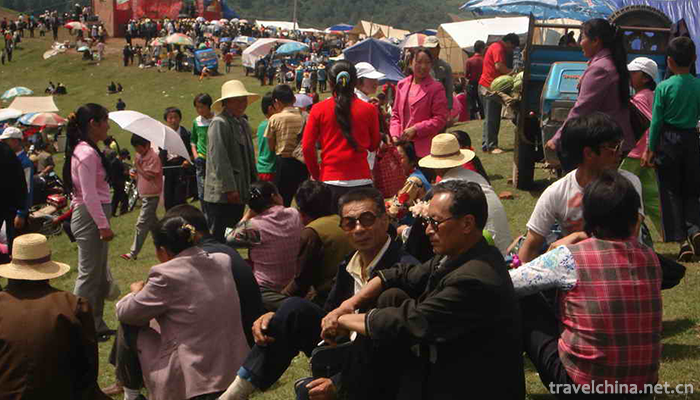
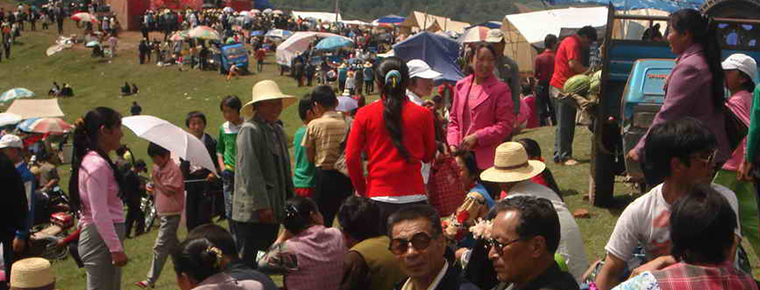
Flower Huaer
-
Serdang snow mountain Xiling snow mountain
Xiling Snow Mountain, located in Dayi County, Chengdu City, Sichuan Province, is only 95 kilometers away from Chengdu, with a total area of 483 square kilometers. It is a world natural heritage
Views: 212 Time 2018-10-30 -
Youyang Peach Blossom Source Tourist Scenic Area
Taohuayuan Scenic Spot is located in the suburbs of Youyang County, which is known as the "Liangdu of Chongqing". It is a national AAAAA-level tourist attraction
Views: 292 Time 2018-12-12 -
Beijing Hotel
Located in the center of Beijing, Beijing Hotel is adjacent to the former Imperial Palace and Forbidden City. It can reach Tiananmen, the Great Hall of the People
Views: 276 Time 2018-12-14 -
Qinzhou Sanniangwan Tourist Area
Sanniang Bay is one of the ten best scenic spots in Qinzhou, Guangxi. It is the home of Chinese white dolphins. Located on the coast of the Beibu Gulf in southern China,
Views: 158 Time 2019-02-07 -
Peking Man Site at Zhoukoudian
Zhoukoudian Peking Man Site, located in Longgu Mountain, Fangshan District, Beijing, is an important Paleolithic site in China. Since 1927, three complete skulls and some remnants have been found in t
Views: 133 Time 2019-03-20 -
Nu Dabian Dance
"Dabian Dance" is one of the representative dances of the Nu nationality, which is spread in the Nujiang Lisu Autonomous Prefecture Fugong County Nu villages. Dabian dance is characterized b
Views: 148 Time 2019-06-08 -
Legend of Su Dongpo
The legend of Su Dongpo is a group of traditional folklore stories evolved from the story of Su Shi, a great writer in the Northern Song Dynasty.
Views: 178 Time 2019-06-16 -
Sho Dun Festival
The Shirton Festival is a traditional religious festival of Tibetan people in Tibet, Qinghai, Gansu, Sichuan, Yunnan and other provinces and regions. It is mostly held in early February, mid-April or
Views: 184 Time 2019-07-09 -
Youyang Ancient Songs
Youyang Ancient Songs are the words chanted or chanted by sorcerers in the activities of ancestor worship, praying for high yield, exorcising evil spirits and returning vows. The Youyang Tujia and Mia
Views: 154 Time 2019-07-14 -
Cao Xiu
Cao Xiu(? - 228 years). Pei country Qiao (now Anhui Bozhou People. Three countries the Wei state of the Three-Kingdoms Period General, Cao Cao Clan.
Views: 254 Time 2019-09-15 -
Neijiang cultural undertakings
By the end of 2019, there are 121 performing arts venues in Neijiang City, including 6 cultural venues. There are 5 museums, 5 cultural relics protection and management institutions, 7 national key cultural relics protection units, 42 provincial cultural relics
Views: 300 Time 2020-12-16 -
Guangan Airlines
There is no airport in Guang'an, but there are many airports around it. At the same time, Guang'an terminal building of Chongqing Jiangbei International Airport has been built in the urban area. Guang'an is 110 kilometers away from Chongqing Jian
Views: 183 Time 2020-12-19
